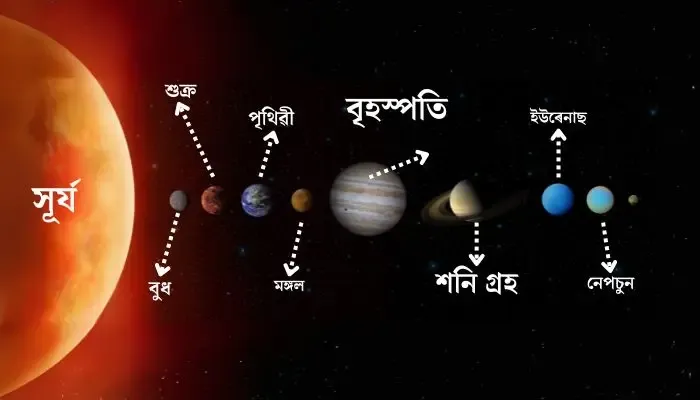Introduction to the Solar System
The solar system is a pretty interesting and complex neighborhood of celestial bodies. Among others, it includes the Sun, its planets, and all sorts of minor bodies from dwarf planets to asteroids, comets, and meteoroids with their cosmic dust.
Understanding the solar system provides us with the knowledge of how the planet of our likeliness is likely to have originated, the origins of other planets, and conditions that may possibly host life in the universe.
The Sun
At the center of our solar system is the Sun, a big star that emits forth light and energy without which life on Earth would not be possible. An almost perfect sphere of hot plasma, it fuels from its core with nuclear reactions converting hydrogen into helium.
Inner Planets
The inner Solar System belongs to the Terrestrial Planets—Mercury, Venus, Earth, and Mars. Much smaller in size, these have solid rocky crusts, relatively closer to the sun, and either have no moons or very few moons.
Mercury
Mercury is the closest planet to the sun. It is a barren world filled with craters and does not have an atmosphere. Its temperature changes are so violent that on the thermometer of celestial mechanics in motion, this would be an extreme case.
Venus
Venus, due to its position and size in relation to the Earth, has sometimes been called Earth's "sister planet." However, the difference is enormous because it is a thick, toxic atmosphere and surface temperatures that will melt lead.
Earth
Earth, with its liquid water and life, is completely different from all other planets in our solar system. With its blue oceans, changeable climate, and ecological diversity, the Earth remains a gem of the solar system.
Mars
The beauty that such a thin atmosphere and reddish dust on Mars have given to us in its research. Mars is also the holder of the highest mountain and the deepest, longest canyon in the solar system.
Asteroid Belt
In the meanwhile, asteroid belts are located between Mars and Jupiter, which contain millions of rocky bodies. One of the groups, belonging to this belt, was considered to have been derived from planetesimals and now constitutes very good information about the early solar system.
Outer Planets
Further outward than the belt of the asteroids are the outer planets: Jupiter, Saturn, Uranus, and Neptune. These belong to the giant gaseous planets composed predominantly of hydrogen and helium.
Jupiter
Jupiter is the largest planet in the solar system, and for at least 400 years, a large storm known as the Great Red Spot has been raging on it. Its magnetic field is 14 times greater than Earth's, so a comparison will never be in order.
Saturn
Perhaps one of the most famous is Saturn, with an immense system of rings. These rings comprise ice, rock, and dust, existing from micrometers to meter-sized particles.
Uranus
The unique characteristics of Uranus are its sideway rotation—probably, in the past, it has been under the influence of a great impact with a planet of the same size as Earth—while it takes a blue-green color from the methane in the upper atmosphere.
Neptune
Neptune: It is the farthest known planet from the sun. It is literally famous for the strongest wind speed, reaching 1200 mph, which is the fastest ever registered in the solar system.
Dwarf Planets and Beyond
Past Neptune lies the dwarf planets, such as Pluto and Eris. The bodies in it are equal to many others: they account for the frontier of the solar system.
Comets and Meteors
Comets are actually the residual bodies of the solar system, forming with a spectacular glowing coma and tails. Meteors, on the other hand, thrill an observer as they do pass through the atmosphere of the Earth.
Conclusion
Our solar system is a lively assortment of celestial marvels, with each of them playing their role, yet a greater stage to the cosmic dance acted out over huge reaches of space. Continuous research and exploration into this system and its final frontier remain to produce knowledge of the basic building blocks throughout the universe.

